By Erik Moore
On the afternoon of October 12, 1918 in northeastern Minnesota, several forest fires energized by sustained winds reaching 60 mph banded together and engulfed over 2,000 square miles including forests, homesteads, and townships. The ferocity of the fire resulted from a combination of drought conditions, strong winds, and improper logging and land clearing which left remnant wood material as fuel.
Reports from the time indicate over 450 people were killed and 2,000 more were burned or injured.
The fires devastated several municipalities including Moose Lake, Kettle River, Automba, and Cloquet, and portions of the Fond du Lac Reservation (Nagaajiwanaang). Residents of Cloquet, a city of 8,000 people, were evacuated to Duluth via train and automobile. By early evening, the Minnesota Home Guard arrived and assisted in rescues and firefighting alongside volunteer efforts. The Motor Corps tried to provide rescue services while running the risk of becoming surrounded by the fire. Many individuals drove cars directly into lakes and ponds to avoid the fire. Others were overwhelmed by the fire and smoke.
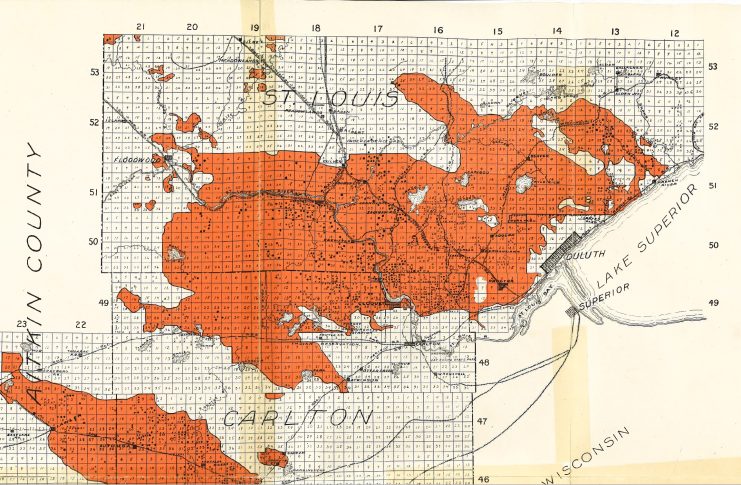
A detailed map of fire-affected areas for Aitkin, Carlton, and St. Louis counties in Minnesota. Source: Walter I. Fisher, “Report on Minnesota Forest Fire of October 12, 1918,” Minneapolis, Minn. : General Inspection Company, 1919.
The University of Minnesota Forest Experiment Station, known today as the Cloquet Forestry Center, survived the fire. The Center’s archival collection contains photographs that document the aftermath of the fires in the region.
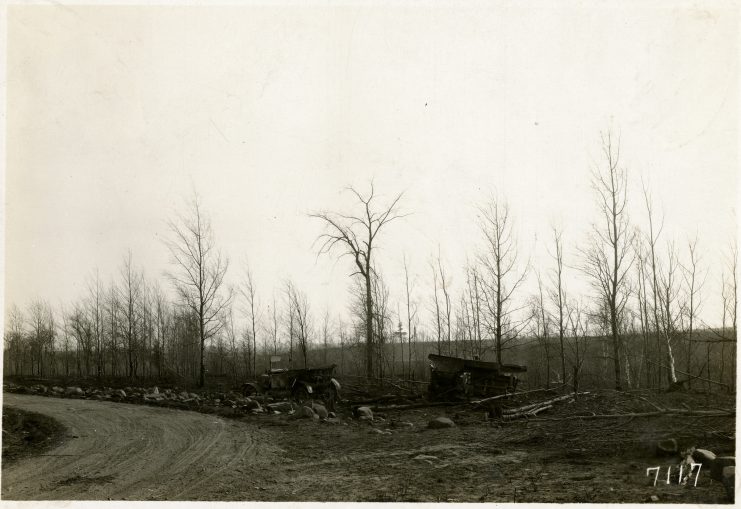
Wrecked automobiles and the site of multiple fatalities south of Kettle River, Minnesota. Photographer: T.J. Horton.
Learn more
Source material for this post include
- Walter I. Fisher, “Report on Minnesota Forest Fire of October 12, 1918,” Minneapolis, Minn.: General Inspection Company, 1919.
- H. W. Richardson, “The Northeastern Minnesota Forest Fires of October 12, 1918,” Geographical Review, Vol. 7, No. 4 (April 1919), pp. 220-232.
More information is available via MNopedia: “Cloquet, Duluth, and Moose Lake Fires, 1918.”
—Erik Moore is the University Archivist and Co-Director of the University Digital Conservancy. To learn more about the University of Minnesota Archives, please visit www.lib.umn.edu/uarchives.


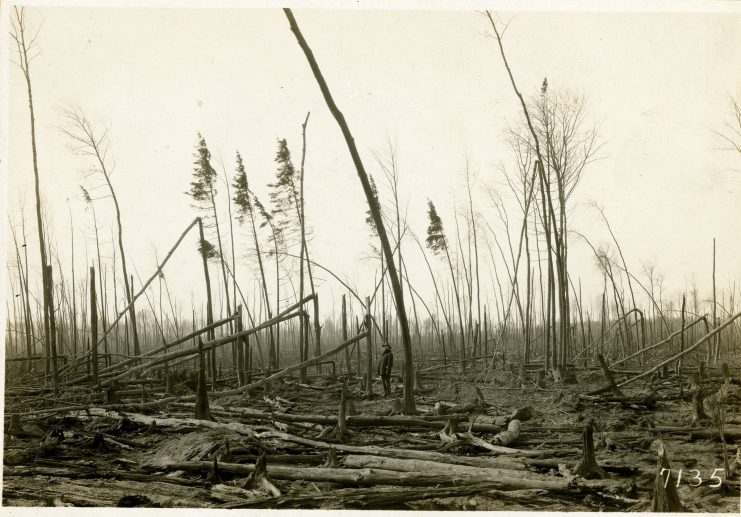
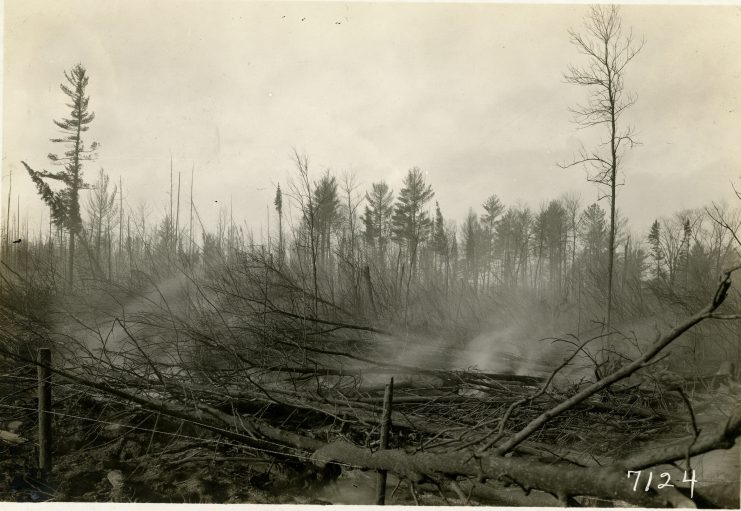
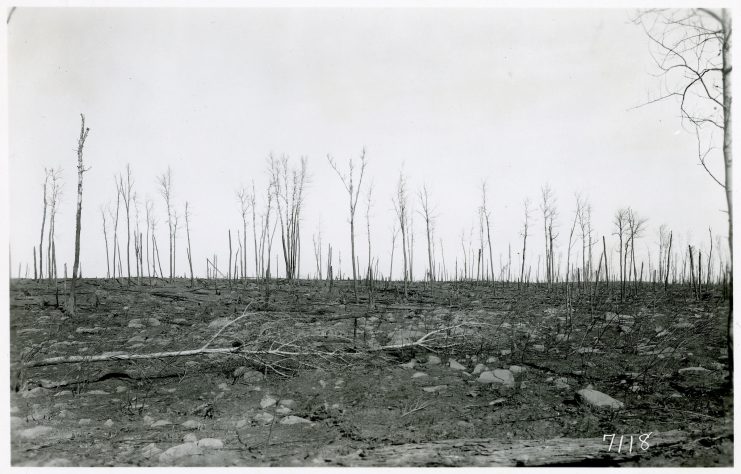
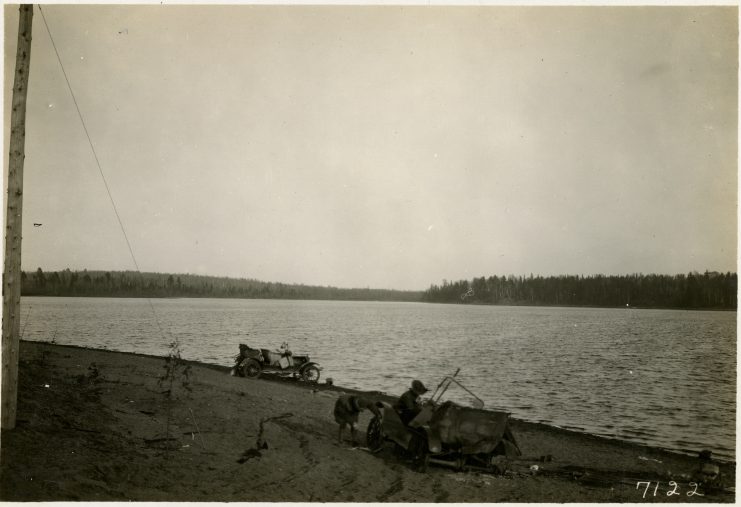
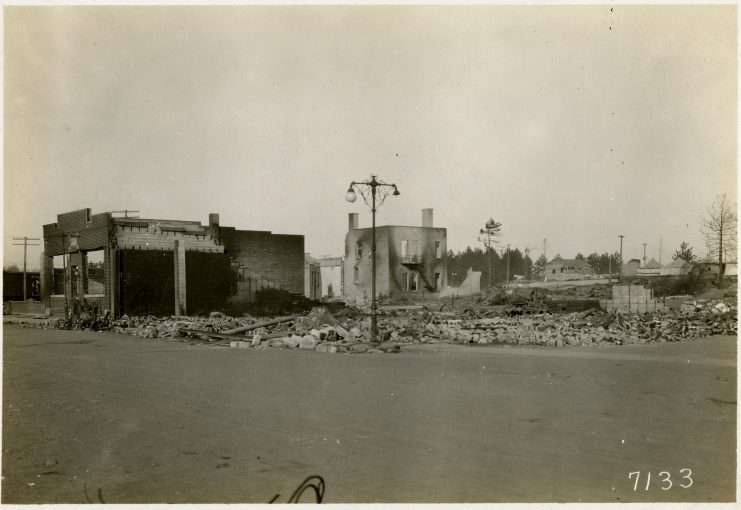
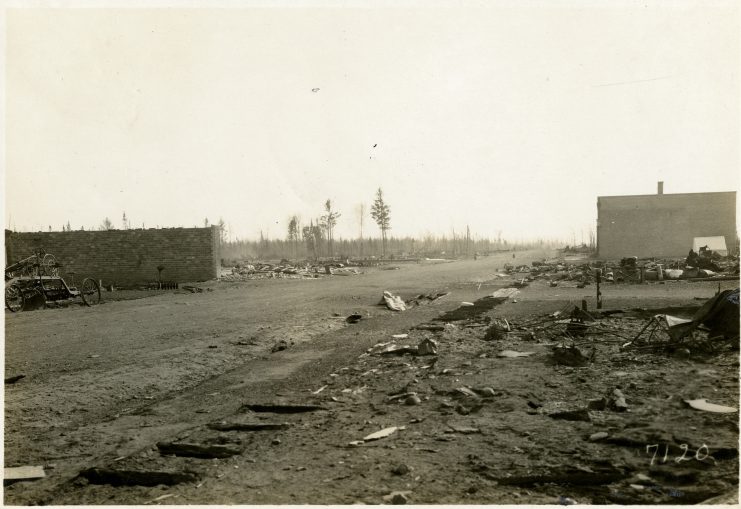
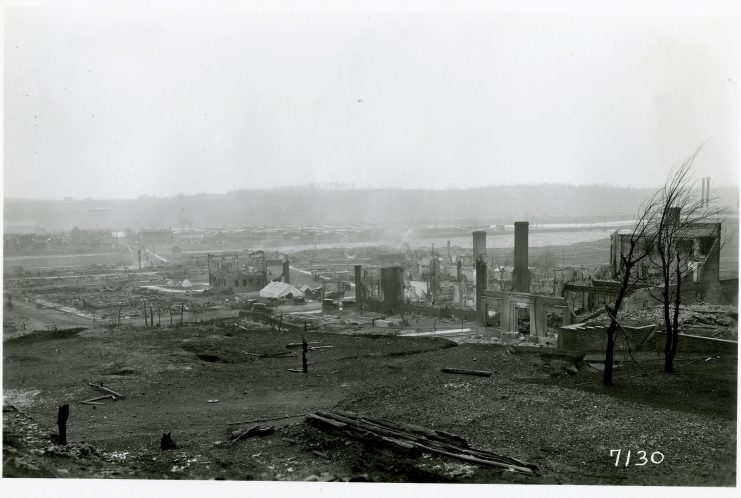
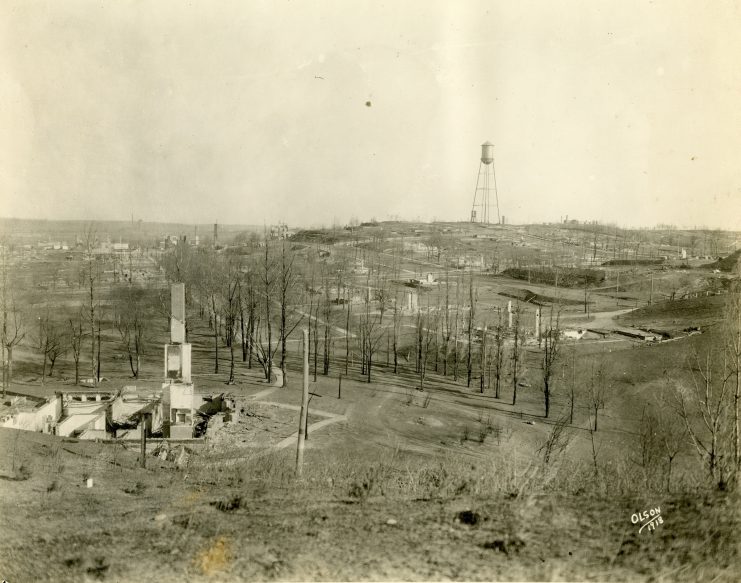
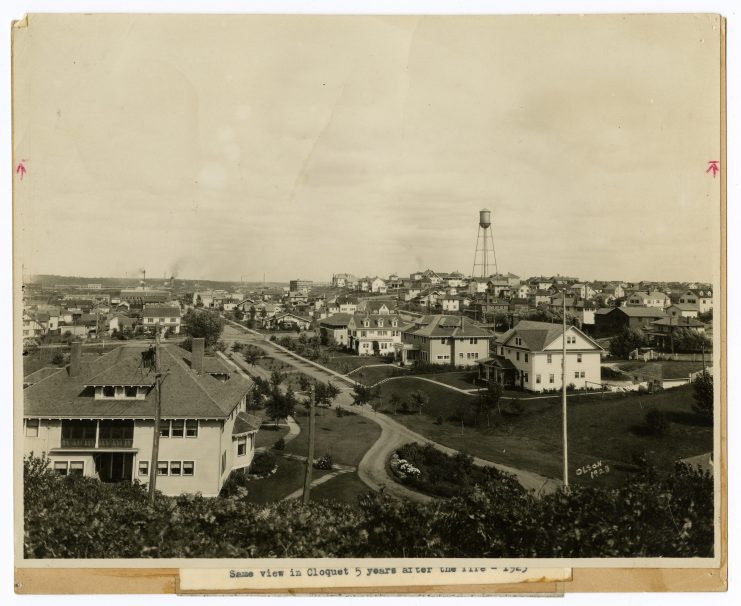



Does anyone know about the photographer T.J.Horton? Was his studio Stafford Photography in Minneapolis. I have a picture of men in band uniforms and sabers with the initials S.A.U.M. on the hats and collars. I would like to know who they are.
Thank you for your question. While I am unfamiliar with the Stafford Photography Studio, T.J. Horton was a staff photographer for the University of Minnesota Department of Agriculture from circa 1912-1927. The initials S.A.U.M. stand for the School of Agriculture University of Minnesota. Is the photograph dated? Please contact us via https://www.lib.umn.edu/uarchives/contact to continue the conversation.